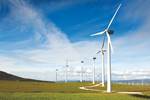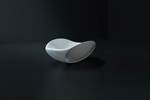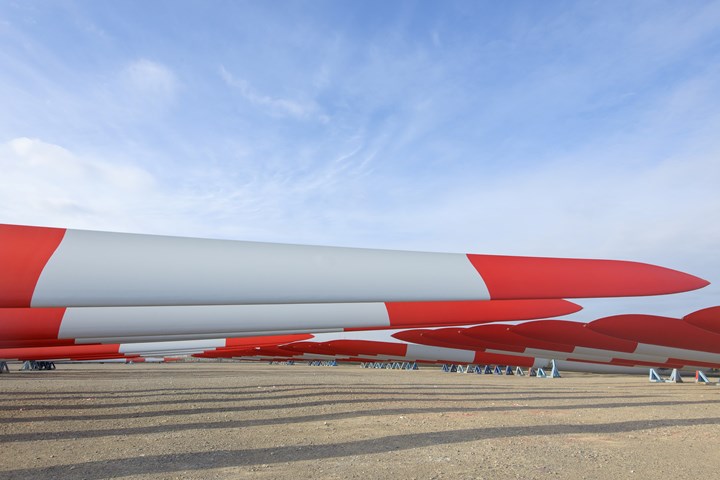Covestro, TMT launch 1,000th polyurethane wind rotor blade
Commercialization of fiberglass-reinforced PU blades are opening a new chapter in the wind blade industry, supporting the development of longer, more robust blade designs.
Share
Read Next
Covestro (Leverkusen, Germany) and Zhuzhou Times New Material Technology (TMT, China), a polyurethane (PU) wind turbine manufacturer, recently announced the launch of the 1,000th PU wind turbine blade, reaching commercialization goals initially developed under a memorandum of cooperation signed by both companies about a year ago.
Under its current five-year plan, China aims at doubling its wind and solar power output by 2025. PU resin, an innovative manufacturing solution for wind turbine blades, has penetrated the epoxy-dominated market in recent years, further exemplified by the PU wind turbines now being used in commercial wind farms throughout China. According to Covestro, the resin exhibits higher mechanical properties, and enables a more efficient and cost-effective production solution compared to conventional fiberglass-reinforced epoxy blades.
“PU wind blades cater to the growing demand for longer wind blade designs,” Dr. Binbin Hou, general manager of wind business at TMT, says. “We hope to further collaborate with Covestro to improve the competitiveness of wind energy through continuous technology innovation.”
TMT produces PU wind blades ranging from 59.5 meters to 94 meters in length with different blade designs and layup structures to meet the growing demand for longer and larger wind blades. The 94-meter wind turbine blade, capable of generating 8 megawatts (MW) of energy, is the largest PU application for Covestro so far. Multiple TMT factories manufacture these blades under different temperatures, humidity and altitude, proving the wide applicability of PU resin in the manufacturing process.
“We overcame many technical challenges to accelerate the production process of large polyurethane resin wind blades and achieve mass production,” Dr. Xuebin Feng, R&D director of wind business at TMT, adds.
In addition to wind turbine development, Covestro and TMT have jointly developed PU railway sleepers, which are said to be more durable and cost-effective in maintenance than traditional wood and concrete sleepers. Covestro, an integrated PU solution provider, will cooperate with TMT to provide various PU resins, coatings and PU machinery solutions.
Related Content
-
RTM, dry braided fabric enable faster, cost-effective manufacture for hydrokinetic turbine components
Switching from prepreg to RTM led to significant time and cost savings for the manufacture of fiberglass struts and complex carbon fiber composite foils that power ORPC’s RivGen systems.
-
Drag-based wind turbine design for higher energy capture
Claiming significantly higher power generation capacity than traditional blades, Xenecore aims to scale up its current monocoque, fan-shaped wind blades, made via compression molded carbon fiber/epoxy with I-beam ribs and microsphere structural foam.
-
Recycling end-of-life composite parts: New methods, markets
From infrastructure solutions to consumer products, Polish recycler Anmet and Netherlands-based researchers are developing new methods for repurposing wind turbine blades and other composite parts.















.jpg;maxWidth=300;quality=90)
